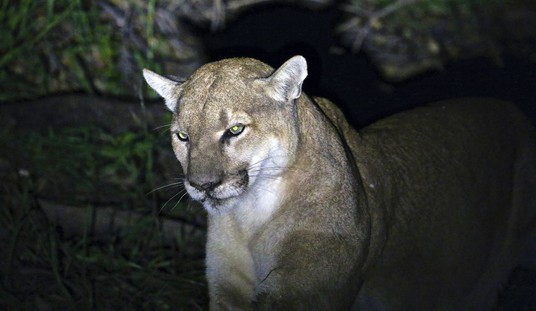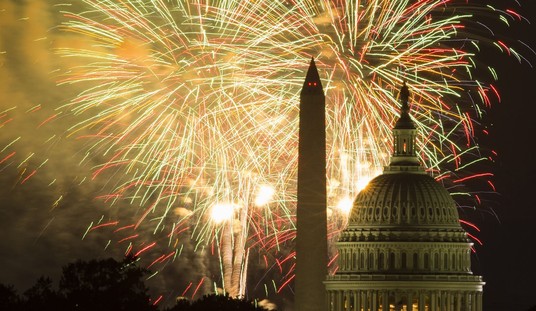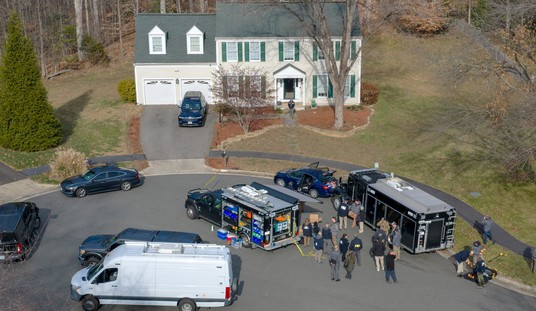
St. Tammany Parish, across Lake Pontchartrain from New Orleans, is one of the highest-growth parishes (counties) in Louisiana. The Poitevent family is the largest landowner in the parish.
As it turns out, 1,500 acres of the family holdings are considered by the U.S. Fish and Wildlife Service to be critical habitat for an endangered species: the dusky gopher frog (Rana sevosa), a/k/a the Mississippi gopher frog, declared endangered in 2001. The Poitevents are suing the feds to prevent their land from being permanently ruled off-limits for development. Today a federal judge allowed the Center for Biological Diversity and the Gulf Restoration Network, two private environmental groups, to join in the suit.
“We’ll do everything we can to make sure these lawsuits don’t interfere with the survival and recovery of these highly endangered frogs,” center attorney Collette Adkins Giese said in a statement. “Protection of all their remaining essential habitat is absolutely necessary. Every species we lose forever is a loss that can never be undone.”
Although the frogs no longer live on the land west of Pearl River [which divides St. Tammany from Mississippi], the property is essential for frog recovery because they contain five ephemeral ponds, each within hopping distance of the next, the center said. Dusky gopher frogs lay their eggs only in such temporary ponds — which are free of fish that would devour their eggs.
Did you get that? The F&WS wants to lock up the 1,500 acres in perpetuity, without regard to the estimated development potential (which the Poitevents estimate to be $36 million), despite the fact that:
- The dusky gopher frog has not been seen in Louisiana, much less on Poitevent land, in almost 50 years;
- The only remaining population of dusky gopher frogs, about 100 adults, lives in coastal Mississippi, two counties away;
- 5,000 acres of designated habitat exist in Mississippi, much of that on Federally-controlled national forests;
- The Poitevents can block the reintroduction of the frog on their land; and
- The Poitevents maintain that the longleaf pine tree critical to the frog’s life cycle does not exist on their land.
It’s not about common sense. It’s not even about saving the darn frog. This is about Federal bureaucrats, aided by environmental busybodies, stopping at nothing to make sure that private citizens know who’s boss.
For your viewing enjoyment … The Dead Parrot Sketch:
http://www.youtube.com/watch?v=npjOSLCR2hE














Join the conversation as a VIP Member